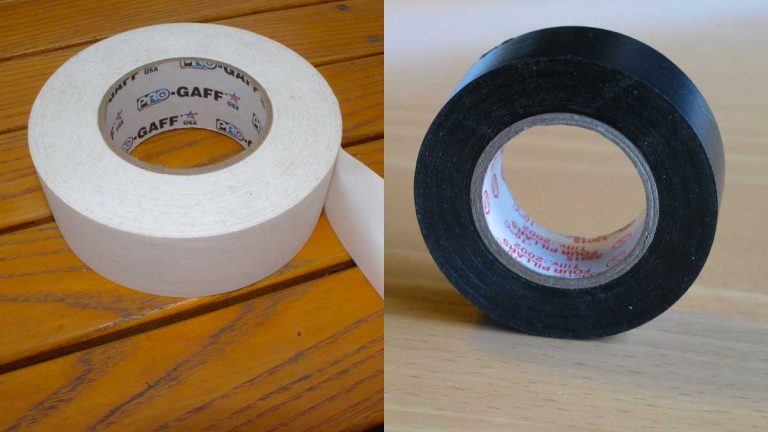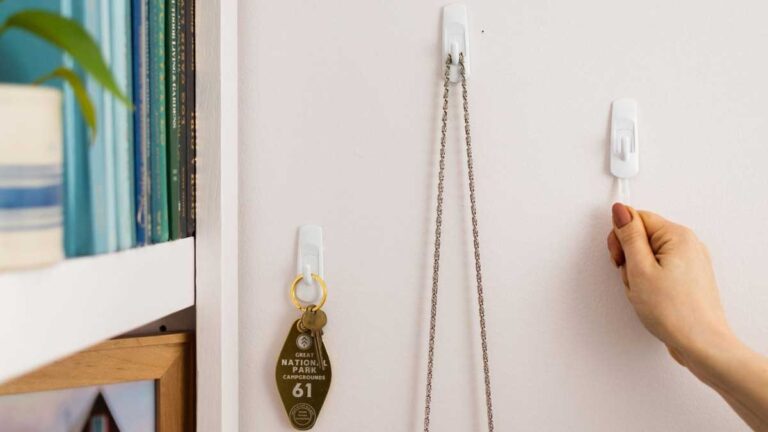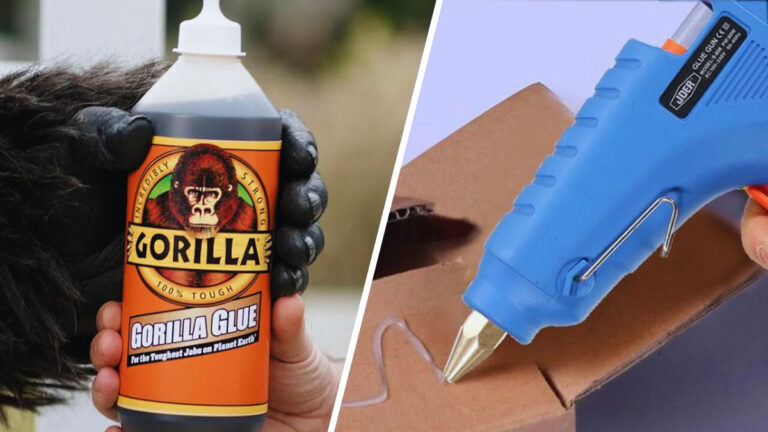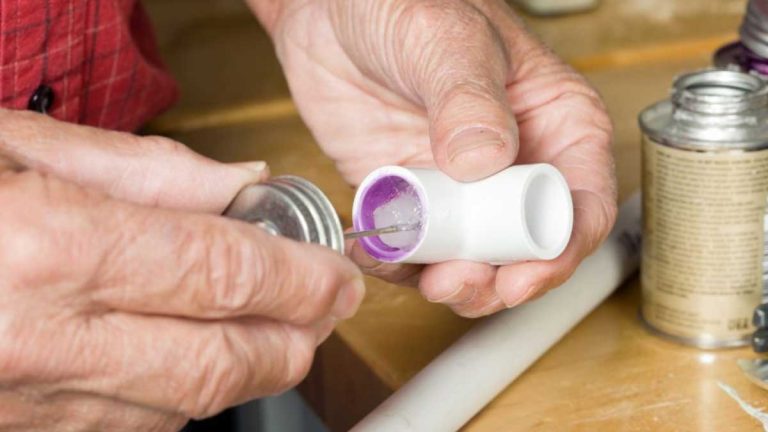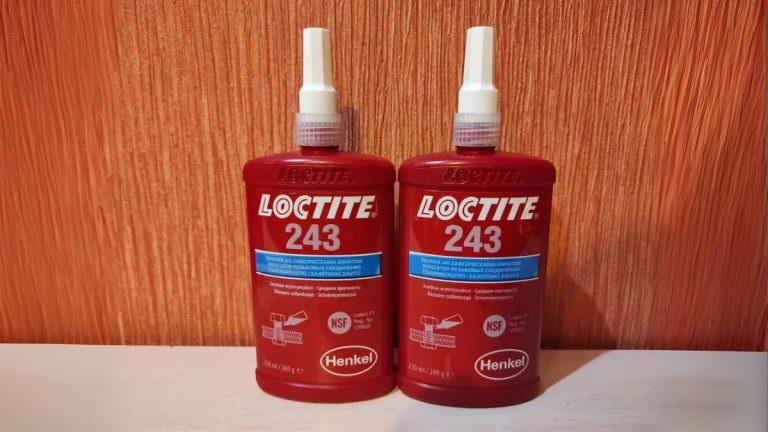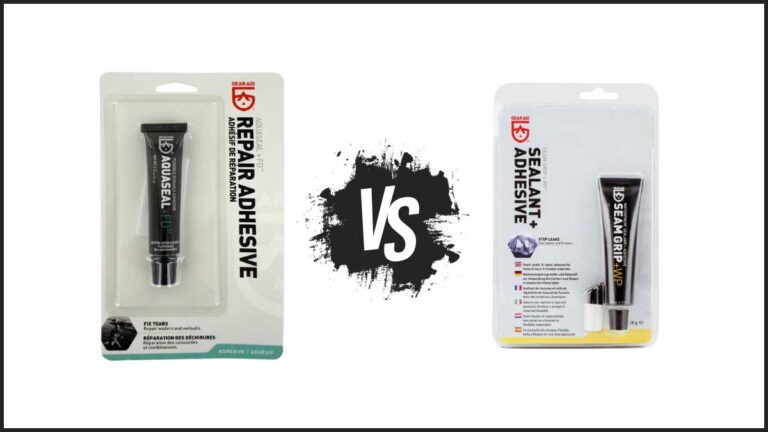E6000 vs E6000 Plus: Which Adhesive Suits Your Project Best?
Choosing the right adhesive can make or break your DIY projects. When it comes to versatile, industrial-strength glues, E6000 and E6000 Plus often come up as top contenders. Both promise strong bonds and flexibility, but how do you know which one suits your needs best?
You’ll find that while both adhesives share some similarities, they also have distinct differences that could impact your project’s success. Whether you’re a seasoned crafter or a DIY newbie, understanding these differences can save you time, money, and frustration. Let’s jump into the key features and benefits of E6000 vs. E6000 Plus to help you make an well-informed choice.
Key Takeaways
- Odor Difference: E6000 has a strong odor, making it less ideal for confined spaces, while E6000 Plus is virtually odorless, allowing for safer indoor use without the strong ventilation needs.
- Adhesive Strength: Both E6000 and E6000 Plus offer high adhesive strength, flexibility, and durability, making them suitable for a wide variety of materials including wood, glass, metal, and ceramics.
- Curing Time: Both adhesives require a similar curing time, ranging from 24 to 72 hours, ensuring strong, durable bonds once fully cured.
- Application Scenarios: E6000 is better suited for high-stress and outdoor projects, while E6000 Plus is more user-friendly for indoor and detailed crafting due to its reduced odor.
- Safety Considerations: When handling E6000, proper ventilation and safety measures are required due to its strong chemical smell, whereas E6000 Plus offers a safer experience with its virtually odorless formulation.
Overview Of E6000 And E6000 Plus
E6000 and E6000 Plus are both multipurpose adhesives produced by the same manufacturer, serving a variety of bonding needs. These adhesives are renowned for their strong bonds and flexibility, suitable for a range of materials. But, their key attributes and differences could impact the success of your projects.
E6000
Odor:
- Strong odor, which can be a drawback in confined spaces
Performance:
- Excellent adhesion to wood, glass, fabric, ceramic, gems, metal, marble, fiberglass, concrete, and most plastics
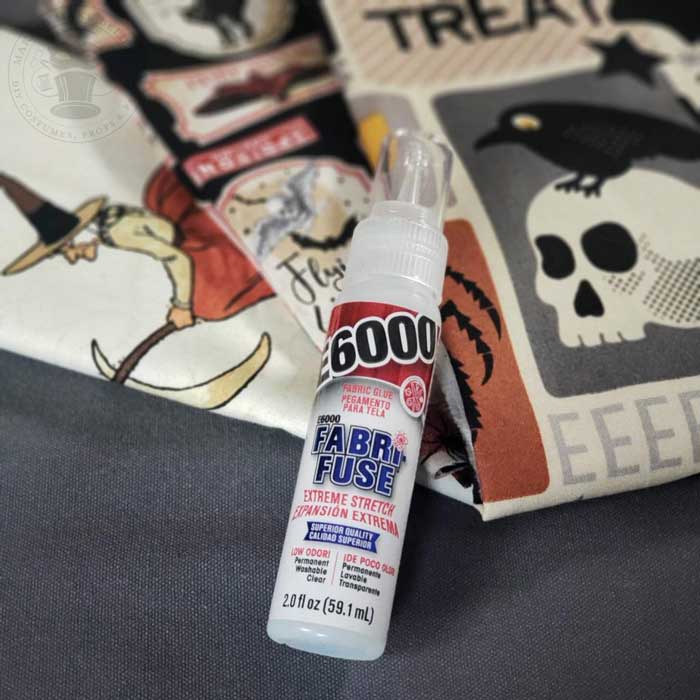
Cure Time:
- Starts getting tacky in approximately 2 minutes
- Begins setting in about 10 minutes
- Takes between 24 to 72 hours for a full cure
Temperature Range:
- Applied in temperatures from 50°F to 90°F (10°C to 32°C)
- Withstands temperatures between -40°F and 180°F (-40°C to 82°C) once cured
Flexibility and Durability:
- Dries to a rubber-like consistency
- Flexible and resistant to cracking or breaking under stress
| Feature | E6000 |
|---|---|
| Odor | Strong, potentially bothersome in small spaces |
| Material Adhesion | Wood, glass, fabric, ceramic, gems, metal, marble, fiberglass, concrete, most plastics |
| Tack Time | Approximately 2 minutes |
| Set Time | About 10 minutes |
| Full Cure Time | 24 to 72 hours |
| Application Temp | 50°F to 90°F (10°C to 32°C) |
| Operating Temp | -40°F to 180°F (-40°C to 82°C) |
| Durability | Flexible, rubber-like, resists cracking |
These defining characteristics make E6000 a robust choice for various DIY and professional projects.
Key Differences Between E6000 And E6000 Plus
Understanding the key differences between the E6000 and E6000 Plus adhesives will help you choose the right product for your specific needs. Each adhesive has distinct features that affect their usage in various projects.
Composition And Formula
- E6000: The original E6000 adhesive is formulated using a specific polymer technology known for its robust bonding properties. It emits a distinct odor due to its chemical makeup. This odor often necessitates usage in well-ventilated areas.
- E6000 Plus: E6000 Plus leverages a premium polymer technology that significantly reduces odor, making it virtually odorless. This feature addresses the primary complaint users have about the original E6000, allowing safer use indoors without strong ventilation requirements.
Strength And Durability
- E6000: Both E6000 and E6000 Plus adhesives offer comparable strength and durability. They cure into a rubber-like consistency, providing excellent flexibility and resistance to various environmental conditions. Full cure time for both products ranges between 24 to 72 hours, depending on the material and environmental factors.
- E6000 Plus: Strength and durability between E6000 and E6000 Plus remain largely the same, with the key distinguishing factor being the odorless formulation of E6000 Plus. This means you can expect similar performance in terms of bond strength, flexibility, and long-term durability.
Versatility And Applications
- E6000: The versatile E6000 adheres to multiple materials including wood, glass, metal, and ceramics. It performs well in crafting, DIY repairs, and even industrial applications. E6000 remains effective across a wide range of temperatures, which enhances its adaptability.
- E6000 Plus: E6000 Plus shares similar versatile applications. It’s equally effective across a variety of materials, making it suitable for the same types of projects. The main advantage here is the reduced odor, which can be beneficial when working on indoor projects.
- E6000: Handling E6000 requires caution due to its strong odor and chemical composition. Always use it in well-ventilated areas to avoid inhaling fumes. Wear gloves to prevent skin contact and follow the safety instructions on the product label.
- E6000 Plus: E6000 Plus offers a safer handling experience due to its virtually odorless formulation. This reduces the need for extensive ventilation and makes it easier to use for prolonged periods. Still, following general safety guidelines, such as wearing gloves and keeping the adhesive away from eyes, is recommended.
| Feature | E6000 | E6000 Plus |
|---|---|---|
| Odor | Strong | Virtually Odorless |
| Bonding Strength | High | High |
| Curing Time | 24-72 hours | 24-72 hours |
| Material Compatibility | Wood, Glass, Metal, Ceramics | Wood, Glass, Metal, Ceramics |
| Flexibility | High | High |
| Temperature Resistance | Wide Range | Wide Range |
Choosing between E6000 and E6000 Plus depends on your specific needs. If odor is a concern, E6000 Plus offers a significant improvement while maintaining the same strength and versatility as the original E6000.
User Experiences And Reviews
Performance and Use
E6000 and E6000 Plus, both popular adhesives, offer strong bonding and flexibility. Users value them for various applications like crafting, jewelry making, and repairs.
E6000:
- Industrial strength adhesive with a rubber-like consistency when cured.
- Effective on wood, glass, fabric, metal, and many other substrates.
- Suitable for high-stress applications such as armor crafting.
E6000 Plus:
- Formulated to be odorless while maintaining similar performance to E6000.
- Adheres well to diverse materials for both indoor and outdoor use.
Positive Feedback
Users have shared their experiences and reviews, providing insight into both adhesives’ strengths.
- E6000:
- Strong adhesive properties praised in various DIY projects.
- Flexibility makes it ideal for items subject to movement or stress.
- Successful applications include doll making and complex crafting.
- E6000 Plus:
- Appreciated for being virtually odorless, making it more user-friendly.
- Performance closely matches the original E6000, ensuring reliable bonds.
- Versatile uses range from household repairs to detailed crafts.
Common Concerns
Even though many positive reviews, some users have noted concerns that could influence your decision.
- E6000:
- Strong odor is a significant drawback, requiring good ventilation.
- Concerns about safety due to strong chemical smell during application.
- E6000 Plus:
- Fewer concerns, especially about odor and user safety.
- Sometimes perceived as slightly less robust than the original E6000 for heavy-duty projects.
| Aspect | E6000 | E6000 Plus |
|---|---|---|
| Performance | High adhesive strength, rubber-like flexibility | Comparable strength, odorless innovation |
| Usability | Requires ventilation, strong odor | User-friendly, no odor |
| Applications | Crafting, repairs, high-stress uses | Versatile, safe for indoor use |
| Concerns | Odor and safety, requires care | Slight concern about strength for heavy-duty use |
When choosing between E6000 and E6000 Plus, consider the specific needs of your project. If odor sensitivity or indoor use is a priority, E6000 Plus may be the better choice. For those needing an adhesive for high-stress applications, E6000’s established robustness could be ideal.
Recommendations
When to Use E6000
- High-Stress Applications: Choose E6000 when working on projects requiring strong, durable bonds. It’s ideal for tasks like armor crafting and heavy-duty repairs.
- Material Compatibility: Use E6000 on materials such as wood, glass, fabric, ceramic, metal, and plastic. Examples include assembling wooden models or repairing broken ceramic vases.
- Outdoor Projects: E6000’s robust adhesion and weatherproof characteristics make it suitable for outdoor applications, like fixing garden ornaments or outdoor signage.
| Criteria | E6000 |
|---|---|
| Applications | High-stress, outdoor |
| Material Compatibility | Wood, glass, fabric, ceramic, metal, plastic |
| Odor | Strong |
When to Use E6000 Plus
- Indoor Use: Opt for E6000 Plus in confined or indoor spaces. Its virtually odorless formula allows you to work comfortably without needing extensive ventilation.
- Specific Projects: Select E6000 Plus for projects involving versatile materials. Its adhesion capabilities make it excellent for tasks like crafting jewelry or fixing home decor items.
- User-Friendly Handling: Favor E6000 Plus if you’re sensitive to strong odors. This adhesive provides similar performance to E6000 but in a more user-friendly package.
| Criteria | E6000 Plus |
|---|---|
| Applications | Indoor |
| Material Compatibility | Wood, glass, fabric, ceramic, metal, plastic |
| Odor | Virtually none |
- Project Scope: Assess the size and scope of your project. Use E6000 for larger or more demanding tasks, and E6000 Plus for smaller, detail-oriented work.
- Environmental Factors: Factor in the work environment. E6000 is suitable for areas requiring strong adhesion even though ventilation constraints, while E6000 Plus excels in well-ventilated spaces or when reduced odor is critical.
- Material Sensitivity: Pay attention to material sensitivity. Neither adhesive is recommended for use on acrylic, vinyl, foam, polyethylene, or polypropylene.
Your choice between E6000 and E6000 Plus should reflect your specific project requirements, including material type, working environment, and personal handling preferences.
Conclusion
Choosing between E6000 and E6000 Plus hinges on your specific project needs and environmental considerations. E6000 offers industrial strength and flexibility, making it perfect for high-stress applications and outdoor projects. But, its strong odor necessitates good ventilation.
On the other hand, E6000 Plus provides a virtually odorless experience, making it ideal for indoor use and for those sensitive to strong smells. While slightly less robust for heavy-duty tasks, it still delivers reliable bonding performance for most DIY projects.
Assess your project’s scope, material compatibility, and odor sensitivity to make an well-informed choice. Both adhesives are versatile and dependable, ensuring your crafting or repair tasks are executed with excellence.
Frequently Asked Questions
What is the main difference between E6000 and E6000 Plus?
E6000 has a strong odor due to solvents, making it less suited for indoor use without good ventilation. E6000 Plus uses a premium polymer technology, making it virtually odorless and safer for indoor projects.
Which adhesive is better for high-stress applications?
E6000 is recommended for high-stress applications due to its industrial-strength bonding and flexibility, making it ideal for projects like armor crafting.
Can E6000 Plus be used outdoors?
Yes, E6000 Plus is versatile and can be used for both indoor and outdoor projects. It provides strong adhesion while being user-friendly and virtually odorless.
How long does it take for E6000 to cure?
E6000 typically cures in 24 to 72 hours, depending on environmental conditions and the materials being bonded. Initial bonding strength can be achieved in 4-8 hours.
Is E6000 safe for indoor use?
E6000 has a strong odor due to solvents, which requires good ventilation. E6000 Plus, however, is virtually odorless and safer for indoor use, making it more user-friendly.
Which adhesive is better for odor-sensitive environments?
E6000 Plus is preferable for odor-sensitive environments because it is virtually odorless, unlike the original E6000 which has a strong solvent smell.
Can E6000 be used on a variety of materials?
Yes, E6000 is versatile and can bond with various materials including wood, glass, metal, ceramic, and fabric, making it suitable for a wide range of projects.
Does E6000 require any special handling during application?
Due to its strong odor and solvent content, E6000 should be used in well-ventilated areas. Wearing gloves and using in a ventilated space are recommended for safety.
How flexible is E6000 once it dries?
E6000 dries to a rubber-like consistency that is flexible and durable, resisting cracking under stress, making it suitable for projects requiring some degree of movement.
What are users saying about E6000 and E6000 Plus?
Users appreciate E6000 for its strong adhesion and flexibility in challenging projects. E6000 Plus is praised for its user-friendly, odorless formulation, making it ideal for indoor and smaller projects.


